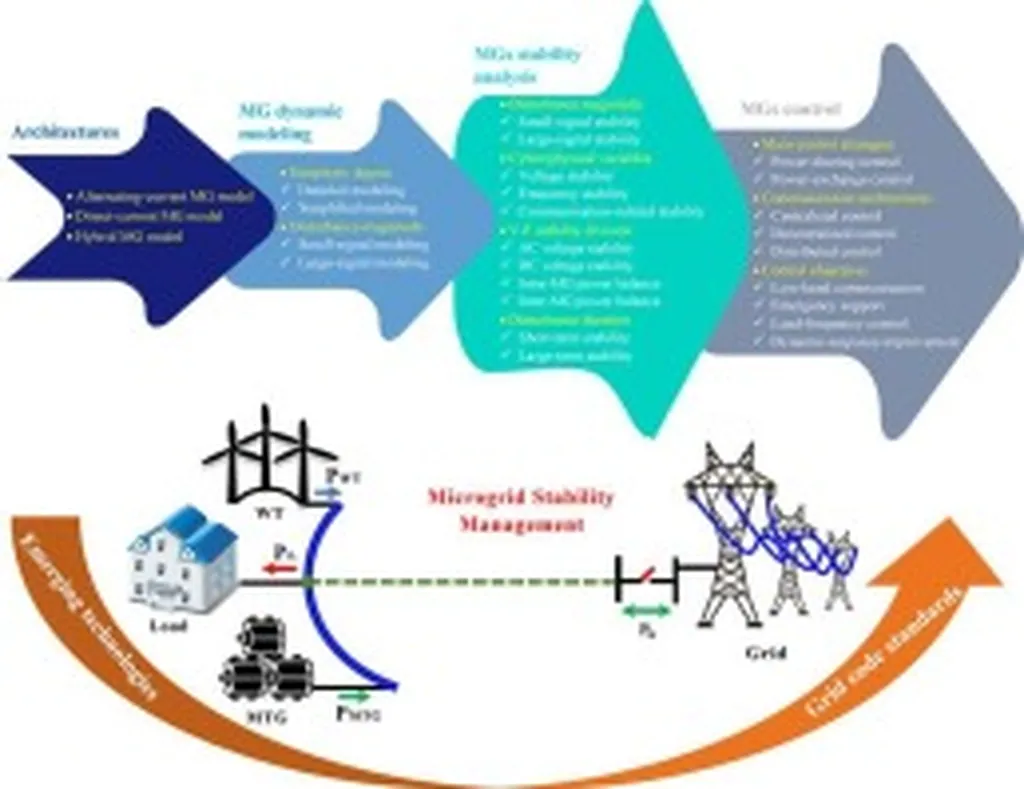In the evolving landscape of energy generation, integrating more renewable sources into power systems presents both opportunities and challenges. Researchers from the China Southern Power Grid (CSG) and Tsinghua University, led by Jinhui Chen, Huadong Sun, Ping Wu, Baocai Wang, and Bing Zhao, have developed a method to assess frequency stability in high-renewable power systems, addressing the complexities introduced by diverse and large-scale active-power disturbances. Their work, published in the IEEE Transactions on Power Systems, offers a practical approach to maintaining grid stability amidst increasing renewable energy integration.
The team’s research focuses on the growing complexity of frequency stability assessment in power systems with high renewable energy penetration. As renewable energy sources like wind and solar become more prevalent, they introduce active-power disturbances that vary in size and time scale. These disturbances can range from short-term fluctuations to permanent changes, making it challenging to predict and manage frequency stability.
To tackle this issue, the researchers developed a response-based frequency stability assessment method. This approach infers disturbance power from generator electrical responses, allowing for a unified treatment of multi-scale disturbances. The method first classifies unanticipated disturbances into short-term and permanent events, with permanent disturbances further divided into step, second-level slope, and minute-level slope disturbances.
Using the measured power responses of generator groups, the researchers constructed a unified disturbance-power model. This model identifies the disturbance type online and quantifies disturbance intensity through the disturbance power and its rate of change. Analytical frequency-response models are then derived for each disturbance class. For step disturbances, the method determines the maximum tolerable disturbance power under steady-state and transient frequency deviation constraints, defining a safety-margin index. For slope-type disturbances, an improved system frequency response (SFR) model and the rotor motion equation after exhaustion of primary frequency regulation are used to compute the over-limit time of frequency deviation.
The proposed assessment method was validated on the CSEE-FS frequency-stability benchmark system, demonstrating its effectiveness and accuracy for quantitative frequency stability assessment in high-renewable power systems. This research provides a valuable tool for energy industry professionals, enabling better management of frequency stability in grids with high renewable energy penetration. By accurately assessing and classifying disturbances, grid operators can implement more effective control strategies, ensuring the reliable and stable operation of power systems in the face of increasing renewable energy integration.
Source: IEEE Transactions on Power Systems
This article is based on research available at arXiv.

